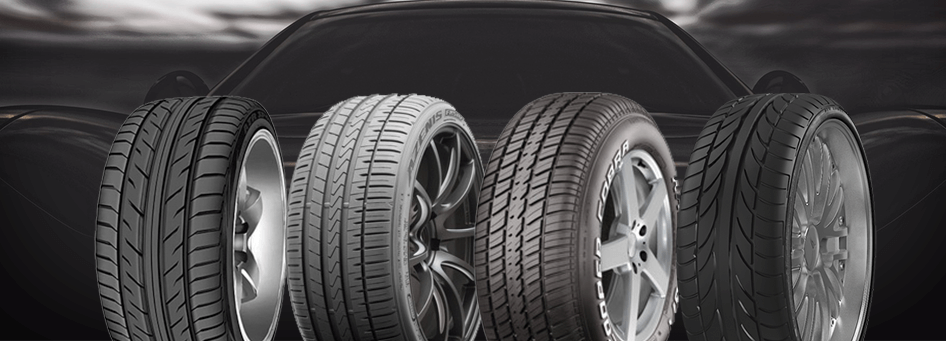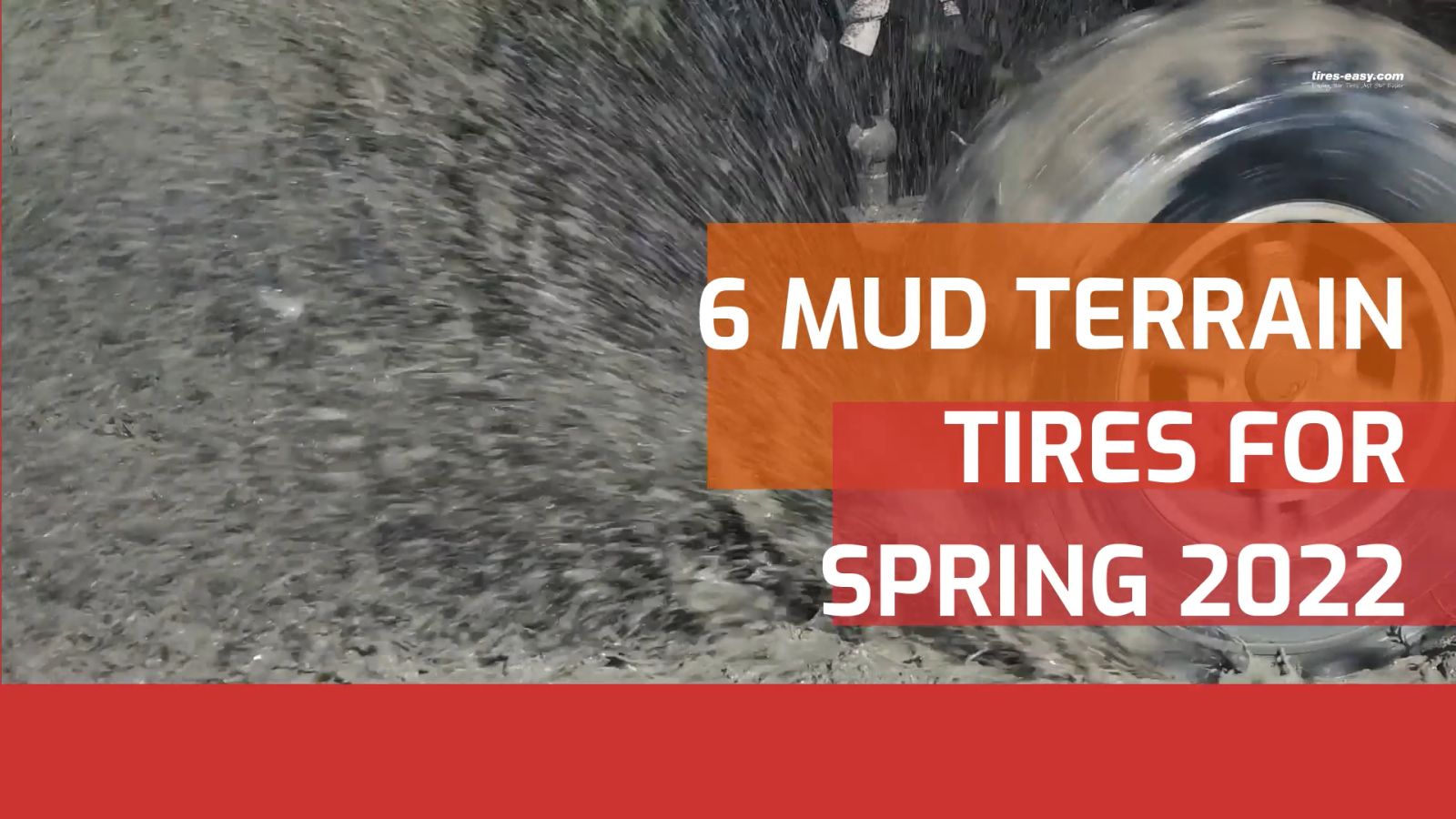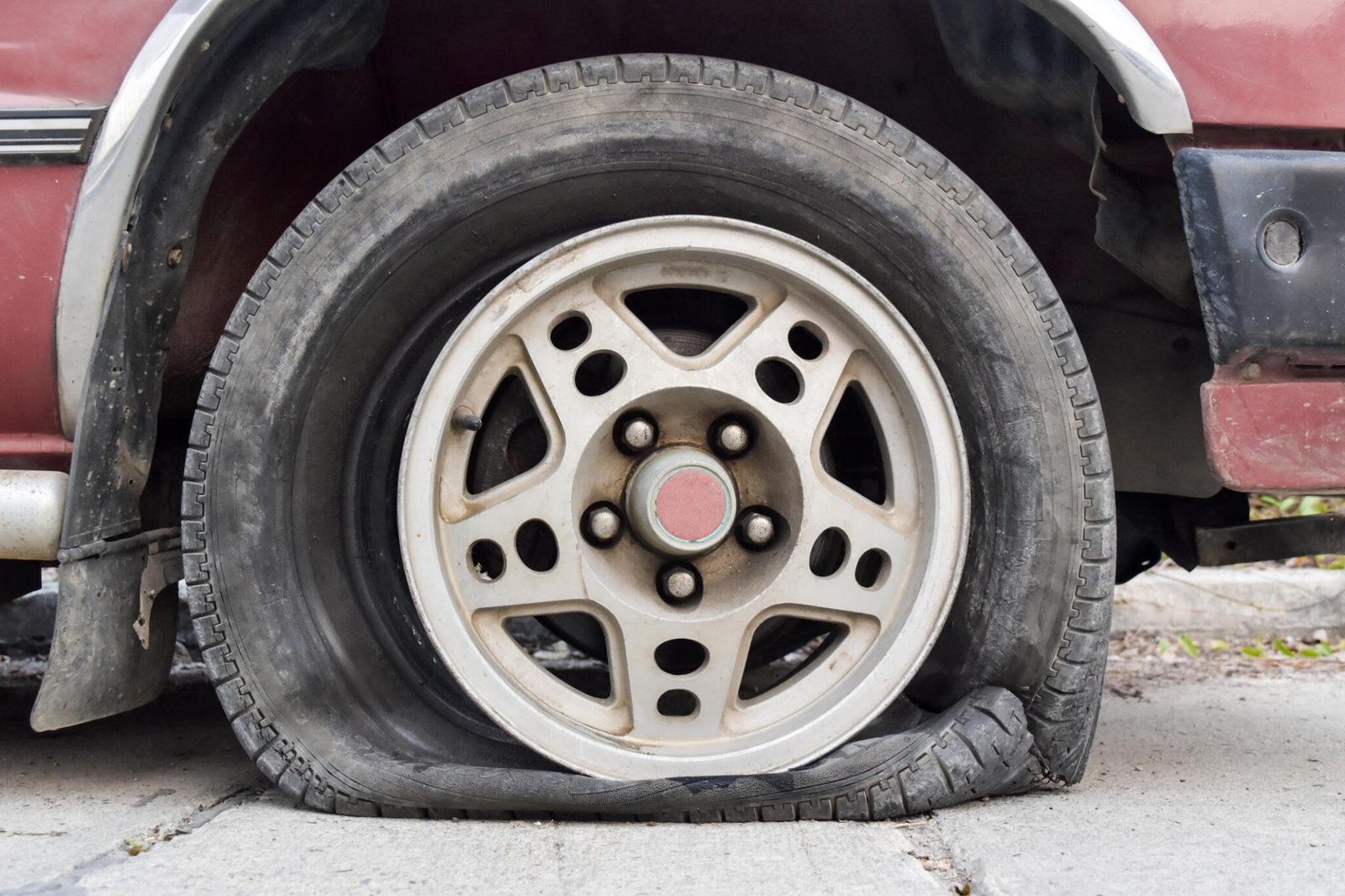Last Updated on April 21, 2024
Navigating the Aftermath of That Dreaded Pothole Encounter
Potholes — the bane of every driver’s existence. They appear out of nowhere, turning our smooth rides into bumpy nightmares. But more than just the jolt, potholes can wreak havoc on your tires. If you’ve recently had an unfortunate encounter with one, checking your tires for potential damage is crucial.
We’re all familiar with the resounding thump! Which follows the most ubiquitous of road hazards: the pothole. Your car and heart lurch simultaneously. Do you wonder if the hazard did any substantial damage?
What is a Pothole?
A pothole is a naturally occurring cavity or pit in a roadway caused by erosion of the asphalt. Potholes range from shallow to deep, small to large, and can wreak havoc on your vehicle – especially your tires.
What causes a pothole?
Potholes are a daily annoyance. Groundwater—water held in rock crevices—seeps into the asphalt. Over time, repeated stress from traffic causes asphalt to develop minor wear and tear: cracks, pits, and pocks. Unfortunately, these minor marks can make for major damage under the right conditions.

When water freezes, it expands. When water melts, it contracts. When the temperature drops, the water being held captive (so to speak) inside the asphalt will freeze and occupy more space, stretching, warping, and eventually weakening the asphalt.
When the temperature rises again and the water melts, the pavement contracts, breaking down the smooth surface of the roadway. This expansion and contraction results in potholes. This is why potholes are especially common in the springtime, following temperature fluctuations—repeated freezing and thawing—that break down the roadway faster than usual.
What red flags should I look for after hitting a pothole?
A 2016 American Automobile Association (AAA) study states that “pothole damage has cost U.S. drivers $15 billion in vehicle repairs over the last five years, or approximately $3 billion annually.” The problems can range from minor—tire punctures and bent wheels—to major, like expensive suspension damage.
The vehicle parts most at risk are the tie rod, control arm, shock/strut, wheels, ball joint, wheel alignment, and tires. Some damage is evident (a flat tire). Other damages (misalignment) are subtler and may require visiting your local mechanic or auto shop.
Look for these warning signs.
- Flat tire
- Bulging tire sidewall
- Leaking fluid
- Bent rims
- Dented or punctured undercarriage
- The vehicle is pulling to the left or the right (not straight)
- Unusual noises or vibrations
Can I still drive on my tire(s)?
It depends. First, inspect your tires as soon as possible after hitting a pothole (large or small). Check for sagging or obvious flat tires. Don’t neglect tire sidewalls! If they are bulging, a flat might be in your immediate future. Use a gauge to check tire pressure to ensure optimum levels before resuming your drive. Pay attention to tire pressure indicator lights, which may turn on after impact with a pothole.
Will minor damage impact the mileage I get out of my tires?
Yes. If your tires are old, the tread may already be well-worn. At this point, a collision with a pothole will more likely result in a flat, shortening the lifespan of your tires. Similarly, if your tires are not filled to optimum pressure, contact with a pothole could also result in tire damage. Continuing to drive on the same pair of tires—even with minor or imperceptible damage—could exacerbate the issue.
How should I prepare for future roadways riddled with potholes?
Potholes, those sneaky road menaces, can pop up anytime, especially after seasons of heavy rain or snow. While we can’t control their occurrence, we can prep our vehicles for these unpredictable terrains. Read on for some handy tips to fortify your car against future roads peppered with these troublesome pits.
Ready to tackle the road, bumps and all? Let’s dive in!
Drive responsibly
At Tires-Easy, we recognize that hazards often catch us unawares. Whenever possible, avoid potholes or other potentially damaging road hazards! If you spot an upcoming pothole, drive around it (if you can). Do not swerve into another lane or slam on your brakes! Maintain proper following distance and be wary of puddles during inclement weather, which may conceal deep potholes. If you cannot avoid a pothole, slow down as much as possible to minimize the damage to your tires.
Maintain your tires
To minimize damage, ensure your tires are always properly inflated to optimum PSI—pound-force per square inch, a unit of pressure—levels for your vehicle. You can usually find optimum tire pressure for your vehicle on the driver’s side door jamb (hint: you must open the door) or inside your owner’s manual.
Advocate for safe roadways.
Are you tired of potholes? Us too! Suppose you want to be an activist in your community. In that case, you can contact your state congressmen and congresswomen and lobby for greater infrastructure funding and legislation to build, repair, and maintain safe roadways.
Purchase tires with a warranty
Lastly, Tires-Easy offers a Free Road Hazard Warranty with all car and light truck tires purchased from us! The warranty covers road hazard damage: when a tire fails due to a puncture, bruise, or impact break incurred during normal driving on a road maintained by state or local authority. Nails, glass, and potholes are the most common examples of road hazards that can cause damage to your tire.

5 Essential Steps to Assess Tire Condition After Meeting a Pothole
Encountering a pothole can be more than just a jarring experience; it can harm your tires. Such unexpected bumps can damage your tires, whether a slight dip or a deep crater on the road. Here are five essential steps to ensure your tires are in top shape. Safe driving starts with thorough checking!
1. Immediate Visual Inspection
After safely pulling over:
- Look for any obvious punctures, cuts, or bulges on the tire’s surface.
- Examine the rim. If it’s bent or shows signs of damage, your tire’s integrity might be compromised.
2. Check Tire Pressure
A sudden pothole impact can cause a drop in tire pressure:
- Use a reliable tire pressure gauge to ensure the tire isn’t losing air.
- If you notice a quick drop, you might have a puncture or a damaged valve stem.
3. Feel the Ride
Once you’re back on the road:
- Pay attention to vibrations, unusual noises, or pulling to one side.
- These could indicate internal tire damage, misalignment, or wheel balance issues.
4. Examine the Tire Tread
A deep pothole can cause tread separation:
- Look for any uneven wear or gaps between the treads.
- Run your hand over the tire to feel for inconsistencies.
5. Get Professional Help
If in doubt, always consult with a tire expert:
- They can perform a thorough inspection, including checking for internal damage.
- If required, they’ll advise on repairs or replacements.
Conclusion
Navigating the aftermath of a pothole encounter can be daunting, but with the right steps, you can ensure your tires remain in top shape. Regular inspections and maintenance can save you from bigger hassles down the road.
Have you recently faced off with a pesky pothole?
Don’t leave your tire’s health to chance. Head to Tire Easy to explore our range of durable tires that withstand road challenges. And if it’s time for a replacement, we’ve covered you with the best deals. Ensure your safety with Tire Easy – where every ride is smooth!
FAQs
Is it normal for a tire to be flat after hitting a pothole?
Yes, it can be. Hitting a pothole can cause immediate damage to a tire, leading to a puncture or a tear, resulting in a flat tire. The severity of the damage often depends on the size and depth of the pothole, as well as the speed at which you hit it.
Why is my tire pressure low after hitting a pothole?
Hitting a pothole can cause a sudden jolt or impact to the tire. This may result in small punctures, bead damage, or a compromised valve stem. These issues can lead to air leakage and a subsequent drop in tire pressure.
Can hitting a pothole affect tire pressure?
Absolutely. As mentioned above, the impact of a pothole can cause various types of damage to a tire. These damages might not always be visible externally but can lead to a gradual or immediate loss of air pressure.
Can a pothole damage air suspension?
Yes, hitting a pothole can damage an air suspension system. The sudden impact can strain or even rupture the suspension airbags, leading to air loss and compromised suspension performance.
What does pothole mean?
A pothole is a depression or hole in the surface of a roadway, usually caused by wear or weathering. They are typically the result of water seeping into cracks in the pavement, then freezing and expanding, causing the asphalt to break apart.
What are potholes in roads?
Potholes in roads are depressions or holes that form due to the wear and tear of traffic combined with the effects of weather. Water infiltration and freeze-thaw cycles often lead to the asphalt deteriorating and forming these hazardous depressions.









